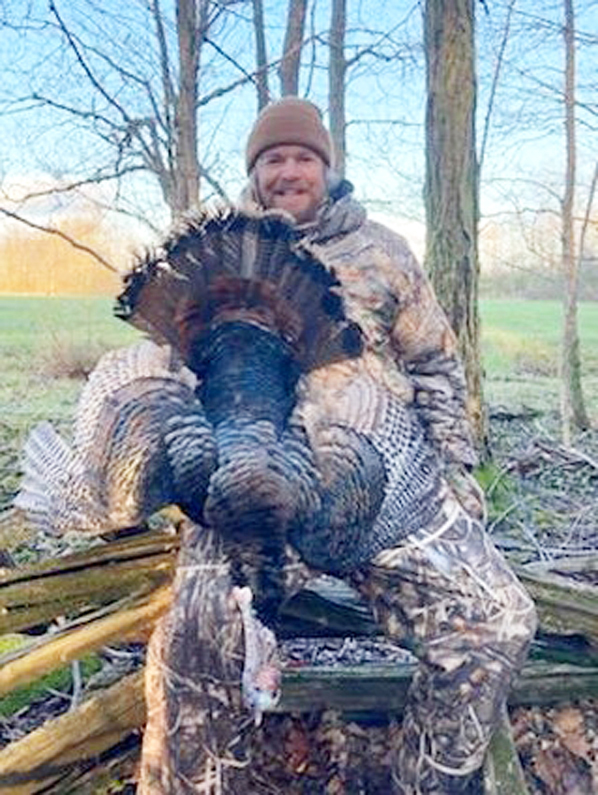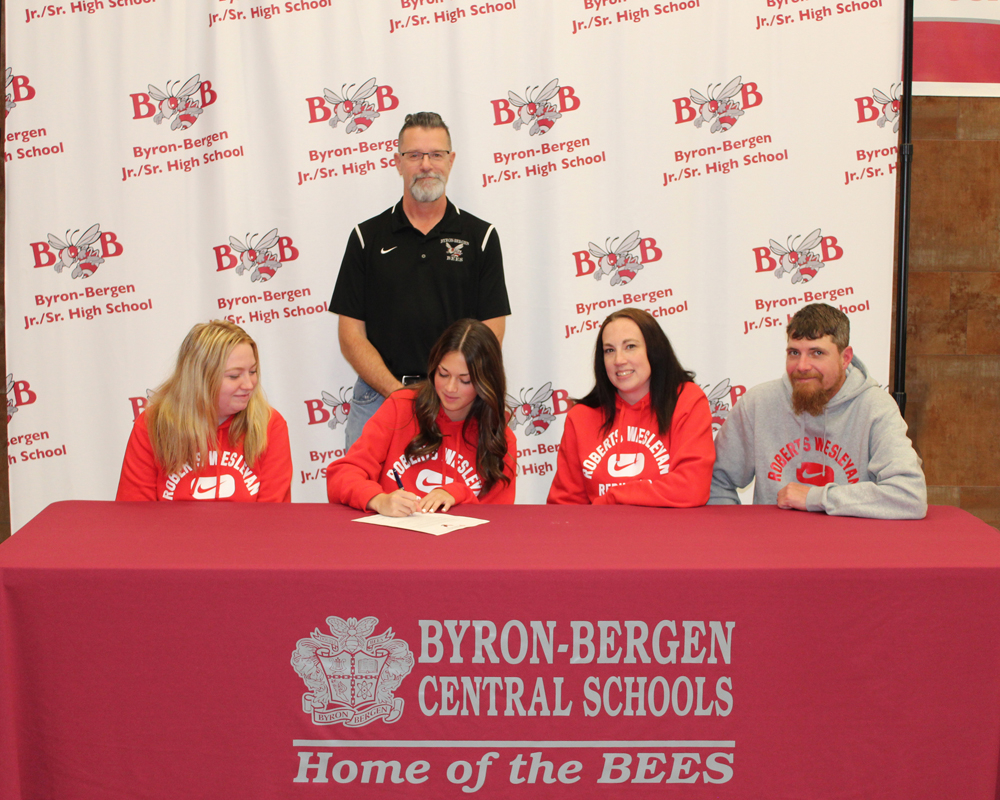Turkey Time

We all know that COVID has changed the world forever, but I would never have guessed it would affect the spring turkey hunting in New York. The D.E.C. estimated wild turkey harvest for spring 2020 was 21,381 birds. That is a 25 percent increase from spring 2019 and is above the 10-year average spring take (about 19,400 birds). Much of the increase in harvest in spring 2020 was due to the rise in hunter participation. Roughly 94,000 hunters went afield last spring, compared to 76,000 in 2019 and an average of 89,000 per year over the past ten years. The D.E.C. saw a surge in turkey permit sales and online hunter education certifications in April, as people had more free time due to COVID work restrictions.
Even considering the larger harvest in 2020, growing New York’s turkey population has been an uphill battle. Wet nesting seasons in May and early June is the number one reason for this, but the huge number of predators here in our state is a close second. Most people would be amazed if they knew how many predators are here among us, and most of those predators love turkey meat or their eggs. For instance, in Western New York, we have coyote, red fox, grey fox, great horned owl, red-tail hawk, crow, raccoon, opossum, skunk, mink and weasel, feral cats, and, of course, man. Many of these are nest predators, which are worse than, say, a coyote or a hawk, because a nest predator like a raccoon, opossum, or skunk cannot catch a full-grown turkey, but they sure love their eggs. Come nightfall in the spring, these nest raiders start grocery shopping by searching for ground-nesting turkey, pheasants, or songbird eggs, and when found, devour the whole clutch. It’s a wonder any turkeys survive with so many varmints looking to eat them. The wild ringneck pheasant could not survive this predator onslaught and has disappeared from New York’s landscape.
For reasons I don’t understand, the D.E.C. refuses to concede New York has too many predators. Over the years, I have exchanged several emails with the D.E.C. top turkey biologist, Michael V. Schiavone, and he will not acknowledge there are too many predators here. It’s almost like they are afraid if hunters figured this out, they would take matters into their own hands and start shooting predators as they did back in the 60s and before.
You may say, “I’ve never seen any of these predators you’ve listed,” but remember, they are nocturnal feeders for the most part. The public never sees them unless they have been killed in the road. This brings us to the reason there are so many fur-bearing predators like raccoons, foxes, and coyotes. That reason is nobody is trapping anymore because the fur prices are so low. Why? Because it’s politically incorrect to wear fur, so no one is buying raw fur to make garments. You say, “Great, I am disgusted by people who wear fur,” but with this comes an overabundance of predators, which in turn affects all the other wildlife.
Please, somebody, send out the big hook and pull me off my pulpit. I could go on for hours on this subject, but why bore you anymore than usual.
New York’s spring turkey season always opens on May 1 and runs the entire month of May. Things have started slow so far this season due to wet, cold weather. Gobblers do a lot more gobbling and answering turkey calls when the weather is nice. That being said, males will usually gobble at least a few times from their roost at first light. If you want to find out how many gobblers are in your hunting area, you need to get yourself to a good listening location and be there at the very first twinkle of dawn. This timing is critical – the very first glimmer of dawn and not a half-hour later. That first twenty minutes of light is when a male turkey will gobble from his roosting tree, letting the hens in the area know he is available. I have tried this myself, but for some reason, it doesn’t seem to work on human females. Anyway, if there are adult gobblers in an area, they normally gobble at least a few times each morning. This will give you a good idea of how many turkeys you have to hunt in that location. If no gobbling is heard on a nice spring morning, I suggest finding a new area to hunt.
This scouting tactic is key, no matter where you hunt spring turkeys in North America. I have hunted turkeys in twelve states and in Canada, and the first thing I do when I arrive in a new location is find a high vantage point overlooking the area I plan on hunting and be there at first light to listen. This will tell me how many gobblers I will have to work with in a given spot. Then I can adjust my hunting strategies from there.
May is the greatest time of year to be in the woods – you turkey hunters know this – so set your alarm to that insanely early hour, get out there and enjoy. Remember to be safe and know your target. There is never a valid excuse to shoot at a sound.




